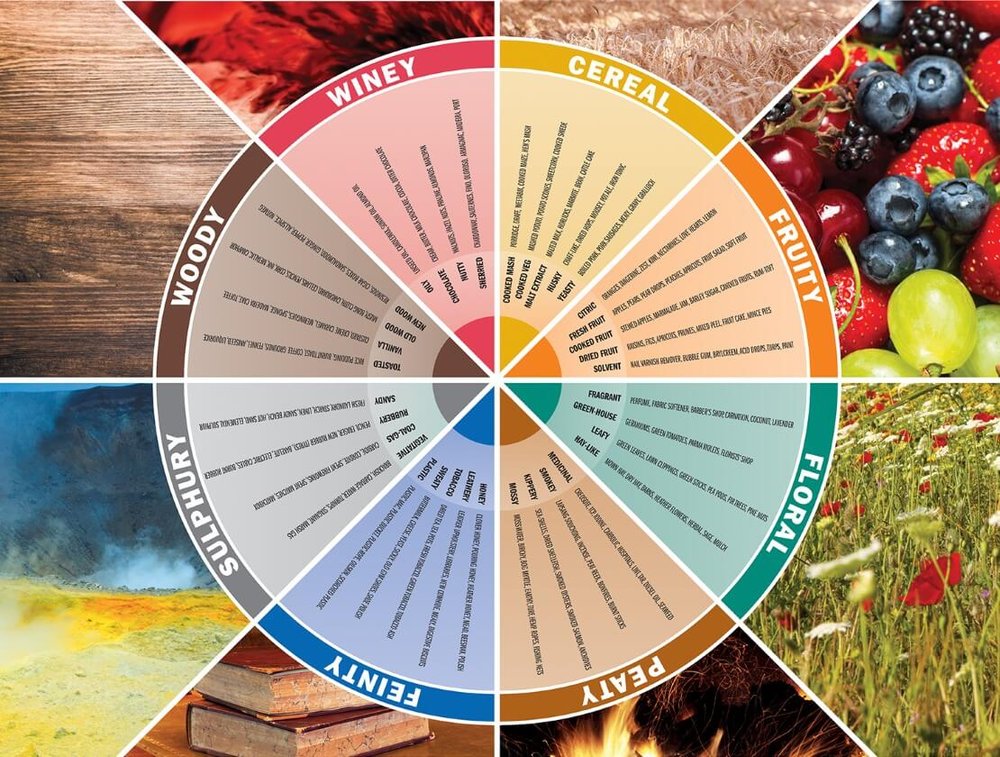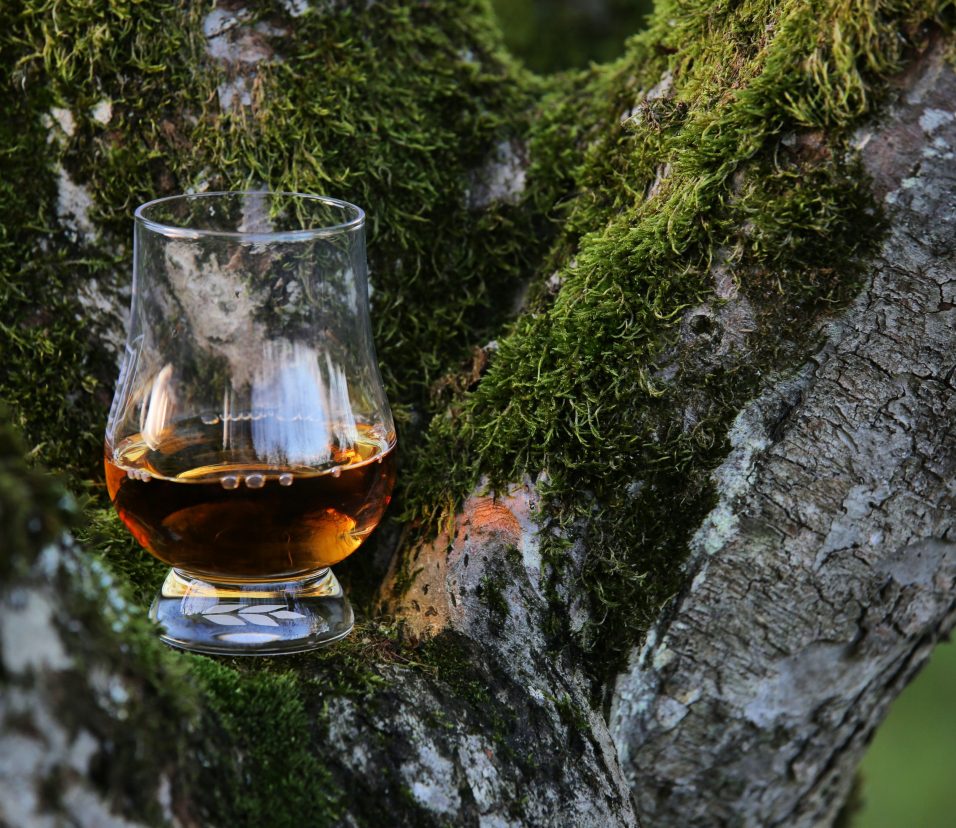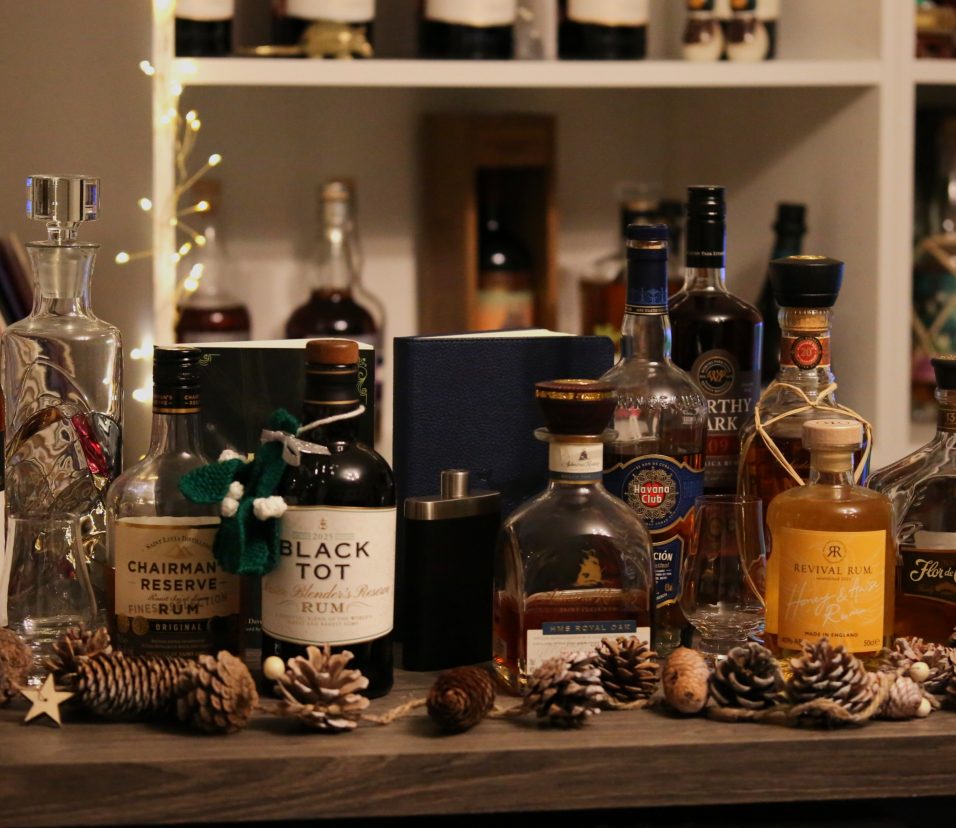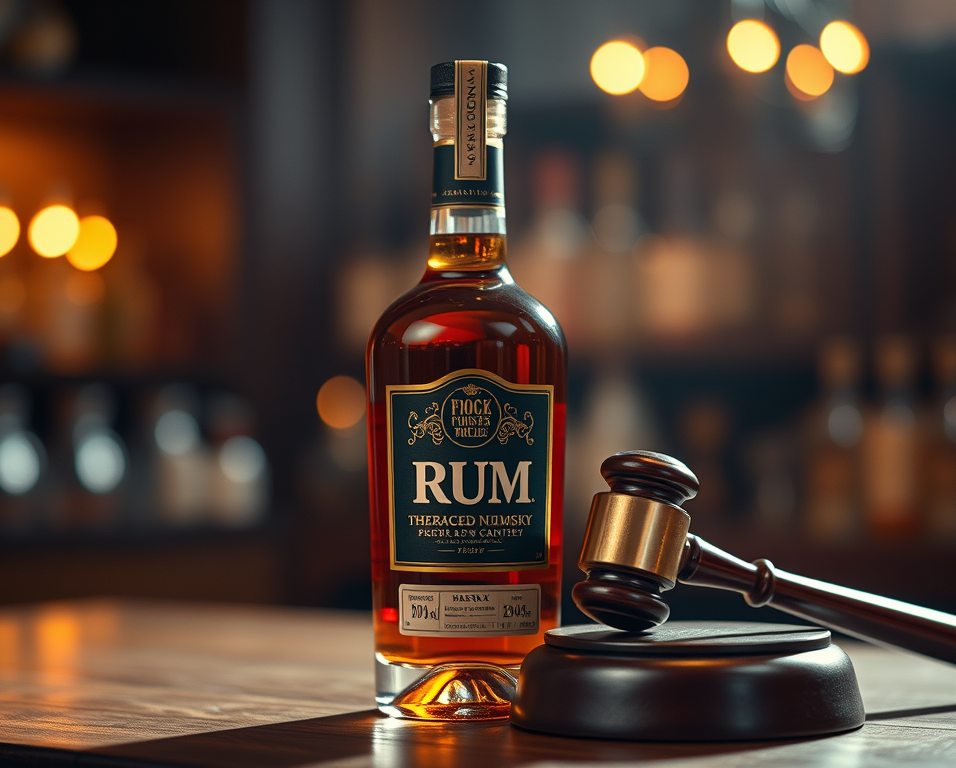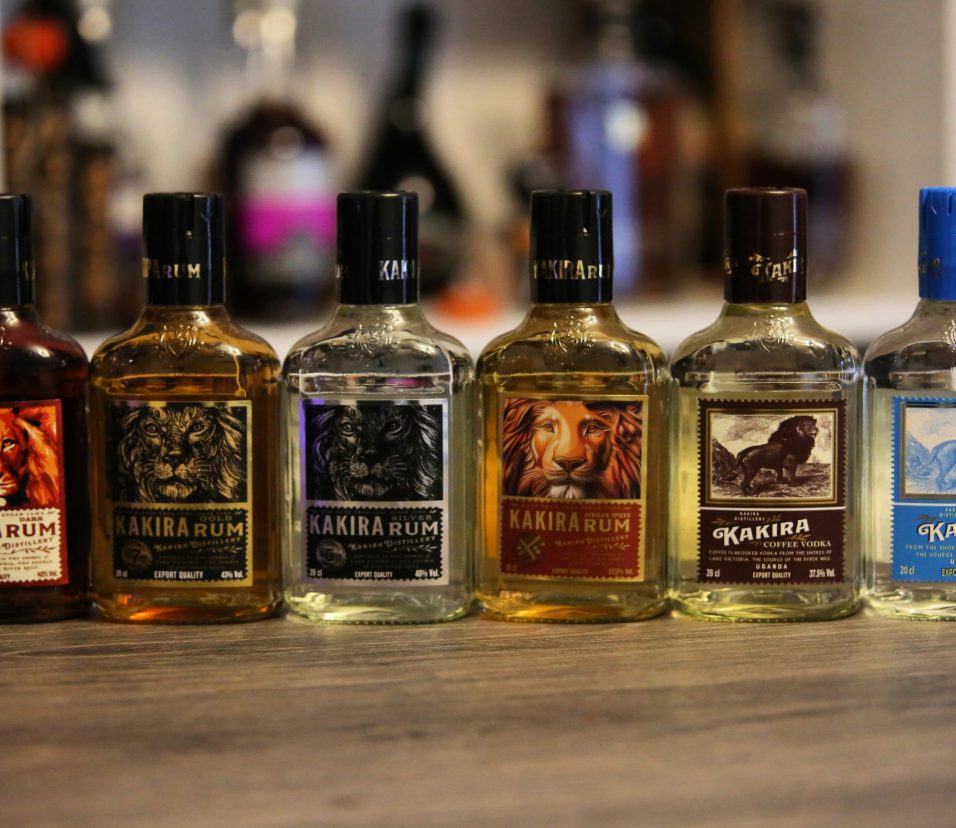How to taste Rum and Whisky
I’m a strong believer that however you enjoy it – whether that’s neat, over ice, with a mixer or in a cocktail; that is the way you should drink your chosen Rum or Whisky. That being said there is a correct way to taste rum. So let’s set the scene, you’ve got a bottle of rum/whisky in front of you, notebook to one side and you’re ready to dive in…
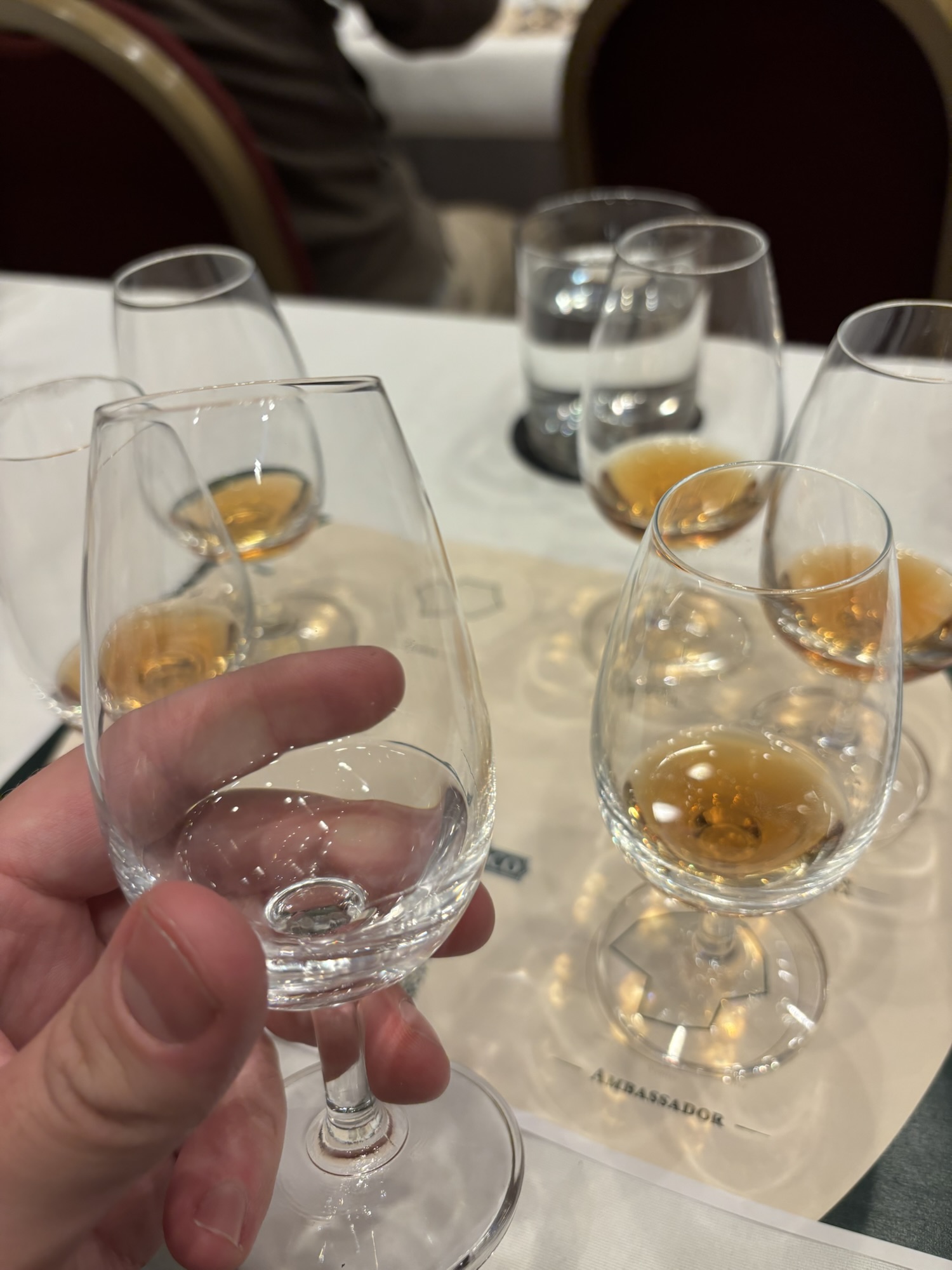
Choosing the right glassware
The glassware used for tasting plays a crucial role in enhancing the overall tasting experience. Selecting the right glass can help you fully appreciate the intricate aromas and flavours.
The shape and size of the glass significantly impact the way we perceive aromas and flavours. The right glass can direct the aromatic compounds to your nose, dissipate ethanol and enhance the taste on your palate.
Tulip-shaped glasses, such as a Glencairn or a Copita, are excellent for concentrating aromas and allowing you to fully appreciate the spirit’s bouquet. A traditional rocks glass (or Old Fashioned glass) is great for casual sipping, especially if you prefer your drink with ice. If you’re just starting, experiment with different glasses and see what works best for you.
Engage your sense of smell
Before taking a sip, bring the glass to your nose and take a gentle inhale. Don’t dive in too aggressively! A high-proof alcohol can overwhelm your senses and mute the more delicate aromas. Instead, take short, deliberate sniffs. Start with the glass six inches or so away from your nose, then slowly bring it closer. You’ll often pick up different notes at different distances.
Roughly 80% of what we perceive as “flavour” is actually aroma. Our olfactory system is wired to detect thousands of scent molecules, and in rum or whisky, this can translate to everything from vanilla, dried fruit, and toasted oak to smoke, spice, and even floral or earthy undertones. Engaging your sense of smell primes your brain and palate for what’s to come in the sip. Here are some of my top tips:
- Avoid Swirling Too Vigorously: Swirling releases volatile compounds, but with high-proof spirits, too much agitation can intensify the alcohol vapour and drown out subtler notes.
- Open Your Mouth Slightly While Smelling: This might feel strange at first, but it allows the aromas to flow more freely through both your nose and mouth, engaging the retronasal passage (basically opening your sinuses) and giving a fuller impression.
- Take Breaks and Revisit: Your nose can experience fatigue quickly. Step away, then come back, you’ll often notice something new the second or third time.
- Try the “Nosing Zones” Technique: Tilt the glass slightly and smell from different angles: the top of the glass might highlight lighter notes (like citrus or floral), while the base closer to the liquid may carry heavier, richer aromas (like molasses, oak, or leather).
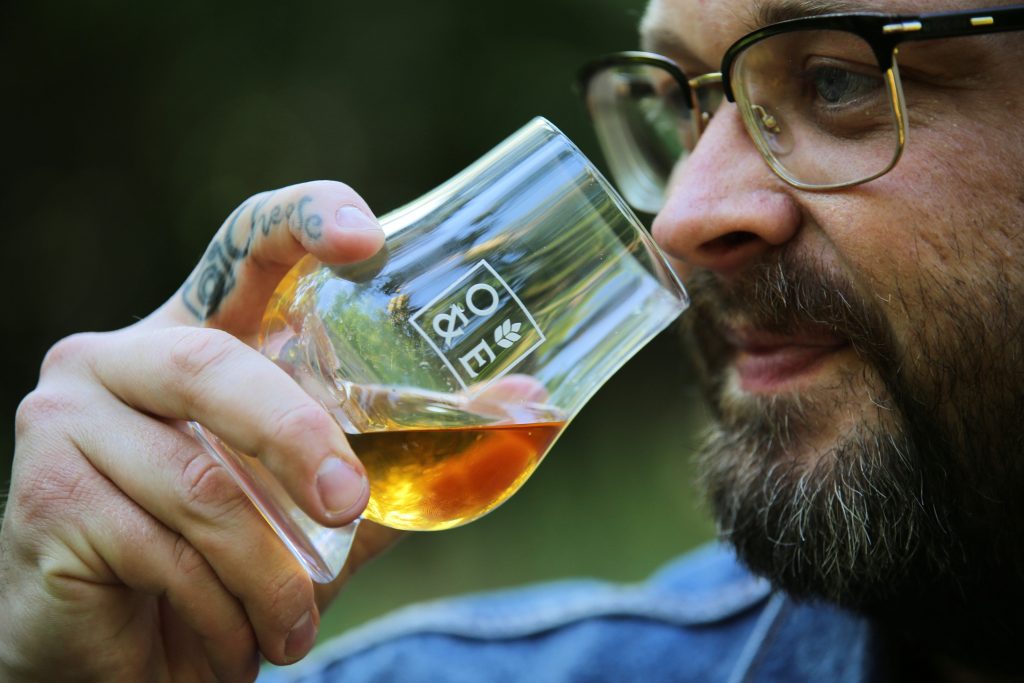

Finally time to have a taste
Take a small sip and let the spirit coat your mouth. The first taste isn’t for you. It’s for your palate. That initial sip wakes up your taste buds, balances the saliva in your mouth, and helps your system adjust to the alcohol content. Think of it like stretching before a workout: necessary but not where the magic happens. Once your palate has adjusted, go in for your second sip. To help you with that here are some more top tips:
Let It Linger: Don’t rush to swallow. Let the spirit sit on your tongue and roll it around your mouth. Different parts of your palate detect different flavours: sweetness at the tip of the tongue, bitterness at the back, acidity at the sides, and so on. Give it time to unfold.
Note the Mouthfeel: Is it oily, creamy, dry, or silky? Mouthfeel is often overlooked, but it adds depth to the tasting experience and can give clues about cask type or aging methods.
Observe the Finish: After you swallow, take note of the aftertaste, what we call the “finish.” A long, complex finish is often a sign of a well-crafted spirit. Some rums and whiskies evolve even after they’re gone from the mouth, leaving lingering notes of spice, smoke, chocolate, or fruit.
Add a Drop of Water (Optional): Especially with higher-proof spirits, adding a few drops of water can “open up” the drink, softening ‘the burn’ and revealing new flavours that were previously hidden. Just a few drops can make a surprising difference.
Writing time!
Many enthusiasts find it tricky to articulate flavours at first, and that’s completely normal. Taste is deeply subjective and often tied to memory. You might not immediately think “dried fig” or “burnt sugar,” but you might think “this reminds me of my fruitcake from when you were a child” – and that’s just as valid.
- Use a Flavour Wheel: These tools break flavours down into families (fruity, spicy, woody, sweet, earthy, etc.), then into more specific notes. They’re a great way to jog your memory when something is on the tip of your tongue.
- Compare and Collaborate: If you’re tasting with others, talk about what you’re picking up. Someone else might say “banana” and suddenly that’s what you’re tasting too! Likewise they might say apples and you disagree and argue it’s oranges. Collective tasting sharpens individual perception.
- Keep a Tasting Journal: Write down your impressions, even if they’re casual or emotional. Over time, you’ll notice your vocabulary growing and your palate becoming more attuned. Some entries might be poetic (“reminiscent of walking through a forest as the sun is just starting to set and the rain is coming down”) and others practical (“spicy, dry finish, hint of vanilla”) – both are valuable.
- You could even keep a scoring system – check out this post on how I decided on mine and how I rate Rums and Whiskies!



